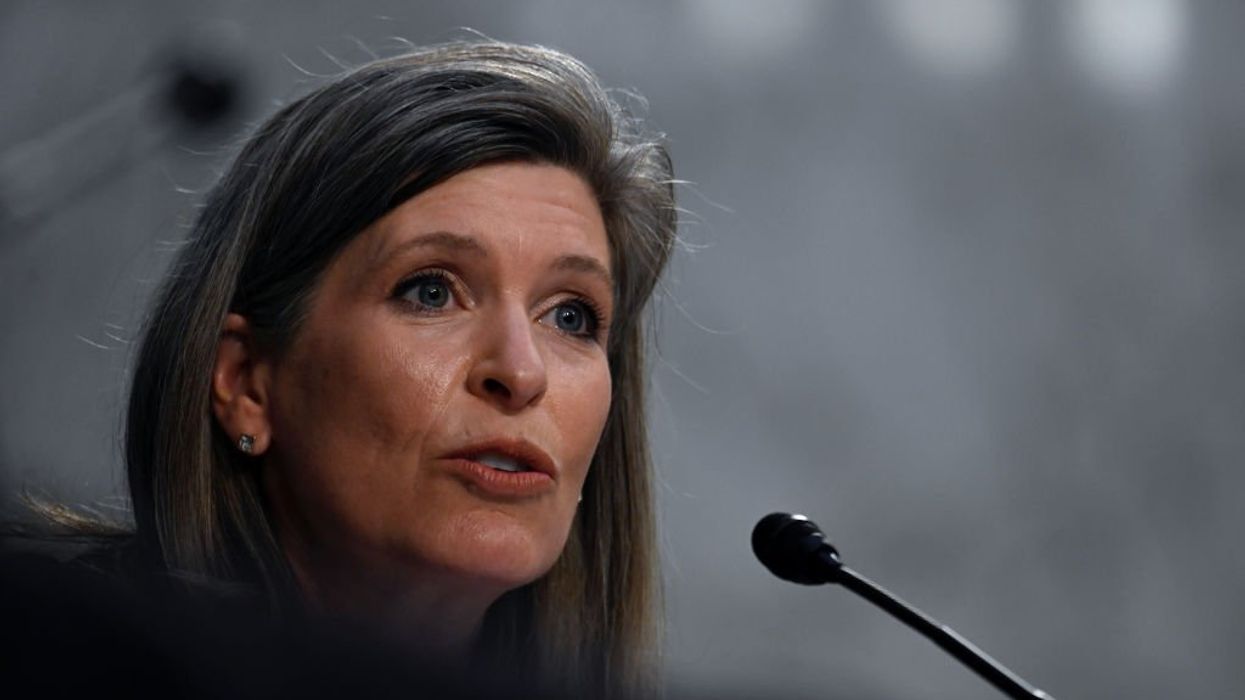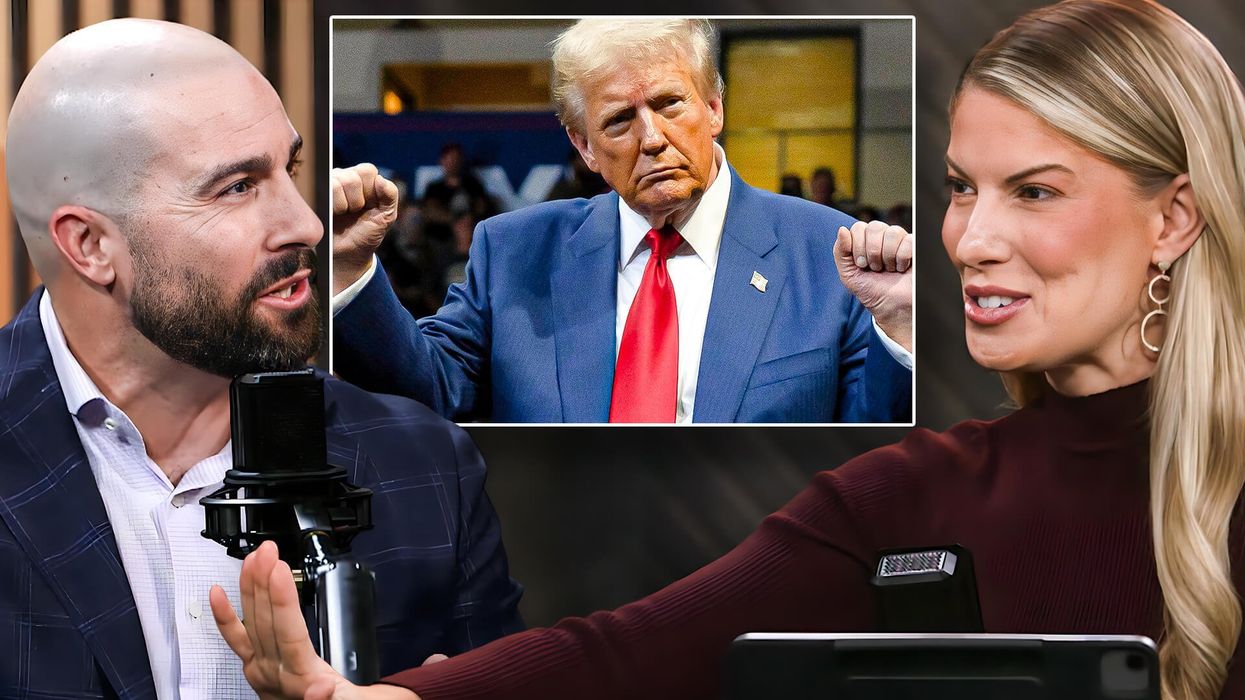
MEXICO CITY (AP) — An army special forces deserter whose brutality and paramilitary tactics helped transform a small group of drug cartel enforcers into one of the world's most feared international criminal organizations was gunned down by Mexican marines outside a baseball stadium in a state on the border with Texas, officials said Tuesday.
Hours later, a group of armed men raided the funeral home where Heriberto Lazcano's body was lying, hijacked a hearse and disappeared into the night with the corpse of the man who led the Zetas in a reign of terror over swaths of Mexico running from the U.S. border south to Guatemala, officials said.
The theft of the body in the northern state of Coahuila added a bizarre and embarrassing twist to the take-down of the most significant drug lord since President Felipe Calderon launched his strategy targeting cartel leadership and released a list of the 37 most wanted in 2009. Calderon noted Tuesday that 25 on that list have been killed or arrested.
The body's disappearance demonstrated the unchecked control that drug gangs maintain over large parts of many Mexican states six years into a struggle that shows little sign of abating.
Independent analysts said they expected Lazcano's death to throw the Zetas into disarray, setting off a violent power struggle inside the cartel as its relatively autonomous local cells decide whether to ally with other cartels or align with the Zetas' remaining boss, Miguel Angel Trevino Morales, a man considered even more ruthless and brutal than Lazcano.
The killing will also probably intensify the Zetas' war with the country's other dominant criminal organization, the Sinaloa cartel controlled by Mexico's most-wanted man, Joaquin "El Chapo" Guzman.
At the center of the two cartels' struggle is Nuevo Laredo, a violence-torn city across from Laredo, Texas. More freight crosses there than anywhere else along the U.S.-Mexican border, making it one of the most valuable smuggling routes in the world.
"There will be a shootout at the OK Corral over Nuevo Laredo," predicted George Grayson, an expert on the Zetas and co-author of "The Executioner's Men: Los Zetas, Rogue Soldiers, Criminal Entrepreneurs and the Shadow State They Created."
Calderon stopped short of unreservedly declaring Lazcano dead, but he said evidence clearly indicated the Zetas founder had been slain.
The president also praised the marines, the security force responsible for most of the highest-profile take-downs of top level drug bosses in Mexico. Many of those operations were launched in cooperation with U.S. officials, who see the marines as more trustworthy and competent than other Mexican military and law enforcement agencies.
In an emailed statement, the U.S. Embassy in Mexico City said only: "We have seen reports of the possible death of Heriberto Lazcano. We are awaiting confirmation of those reports."
Under Lazcano's leadership, the Zetas carried out many of the most notorious crimes of Mexico's drug war, which had at least 47,500 deaths before the government stopped releasing official figures in September 2011.
Among atrocities the Zetas are blamed for are the massacre of 72 migrants in the northern state of Tamaulipas in 2010; the escape of 151 prisoners in 2010 from a jail in Nuevo Laredo; the recent flight of 131 prisoners in the city of Piedras Negras; and the killing of U.S. ICE Agent Jaime Zapata in 2011 and U.S. citizen David Hartley in 2010 on Falcon Lake, which straddles the U.S.-Mexico border.
The Zetas are also believed to be behind the killings of hundreds of people who were buried in mass graves at the site of the 2010 massacre of migrants.

Officials said that with Lazcano's body missing, the remaining evidence of his fall consists of three fingerprints and a few photos of a body believed to be the man who helped define the devastating struggle among Mexico's drug gangs and authorities. The navy released two of the photos, showing the puffy, slack face of a corpse whose features, particularly his flaring nostrils, appeared to match the few known photos of Lazcano.
Coahuila state Attorney General Homero Ramos said that around 1 p.m. Sunday outside a stadium in the town of Progreso, marines spotted a suspicious vehicle that had previously been seen with armed men inside.
The marines ordered the vehicle to stop and the men inside opened fire, setting off a gunbattle. The driver was killed in the vehicle. The other man fled and was shot approximately 900 feet away, dropping an AR-15 assault rifle with an attached grenade launcher, Ramos said.
Officials also found a rocket-propelled grenade launcher with two projectiles, two fragmentation grenades and a variety of firearms in the vehicle, Ramos said.
One man's driver license identified him as a 44-year-old resident of the nearby city of Sabinas. The other body had no ID. The bodies were taken to a funeral home in Sabinas and investigators took their fingerprints and photographs, officials said.
Early Monday morning, Ramos said, a group of armed men raided the funeral home and forced the director to drive the hearse with the corpses to another location. He did not offer further details.
Ramos and the Mexican navy said the fingerprints of one man were later found to match Lazcano's, although they did not say when that discovery was made.
Lazcano, who is also known as "El Verdugo" (the Executioner), was credited with bringing military tactics and training to the enforcement arm of the once-powerful Gulf Cartel, then splitting from his former bosses and turning the Zetas into one of the country's two most potent cartels.
The Zetas were the first Mexican cartel to publicly display their beheaded rivals, most infamously two police officers in April 2006 in the resort city of Acapulco. The severed heads were found on spikes outside a government building with a message signed "Z'' that said: "So that you learn to respect."
Under Lazcano's leadership, the Zetas recruited more hit men, many of them former Mexican soldiers, and hired "kaibiles," Guatemalan soldiers trained in counterinsurgency.
Most recently, the cartel was linked to last week's assassination of the nephew of the governor of Coahuila, a slaying that prompted the federal government to dispatch additional troops, federal police and criminal investigators to the state. Some local officials said they believed the killing may have been carried out by Trevino, the other Zetas top boss, in revenge for the killing of his own nephew by an elite state police force the same day.
Grabbing the bodies of fallen accomplices is a trademark of the Zetas, who have retained some of the tactics and institutional culture of the military deserters who founded the group, Grayson said.
"The Zetas take care of their dead," he said. "El Lazca was special forces. There is an esprit de corps, like the Marines. They never leave a comrade behind."
Mexican authorities have announced a string of arrests of high-profile Zetas figures in recent months, and have said they believe a rift had emerged between Ivan Velazquez Caballero, a Zetas leader known as "El Taliban" nabbed by authorities last month, and Trevino, a Zetas capo known as "Z40" who has a reputation for being even more brutal. It was not clear which side Lazcano was on.
On Monday, the Mexican navy said it had arrested a regional leader for the Zetas, Salvador Alfonso Martinez, or "Squirrel," and believed he was involved in many of the Zetas' worst crimes. The high-profile arrests yield intelligence for other arrests, experts say.
In late September, marines grabbed Ivan Velazquez Caballero, a Zetas leader known as "El Taliban," and also recently caught the heads of the two main factions of the Gulf Cartel: Jorge Eduardo "El Coss" Costilla Sanchez, and Mario Cardenas Guillen.
Lazcano was born in 1974, according to the U.S., or 1975, according to Mexican officials. He is suspected in hundreds of killings, including the June 2004 slaying of Francisco Ortiz Franco, a top editor of a crusading weekly newspaper in Tijuana that often reported on drug trafficking. Ortiz Franco was gunned down in front of his two young children as he left a clinic.
The United States offered a $5 million reward and Mexico an additional $2.3 million for information leading to Lazcano's arrest.





